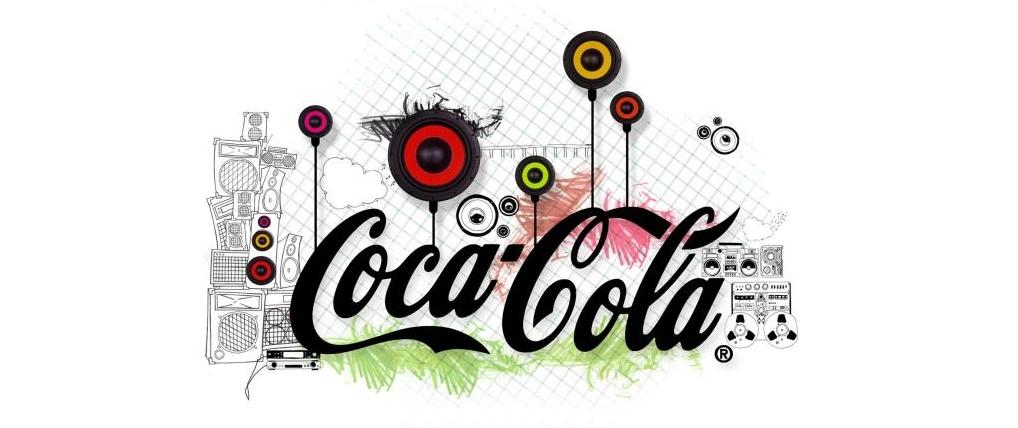As part of the arsenal of marketing, sales promotions are strategies wherein an incentive is offered to the final consumer to impact sales in the short term. Also part of the family are trade promotions that have the same objective, but whose incentives are targeted to the channel of distribution. Coca-Cola is able to display, offer samples and coupons, hand out information regarding new products, and establish additional partners.
Trade Promotion: Coca-Cola Company gives incentives to retailers in a way that offer them free samples and free bottles, the retailers then sometimes uses the same method when trying to sell to consumers. Sometimes Coca-Cola Company change their product prices according to the season. Summer is supposed to be a good season for beverage industry. So in winter they reduce their prices to maintain their sales and profit in some countries such as Pakistan.
Coca-Cola's Promotional Strategies include:
Getting shelves: They purchase shelves in big supermarkets or places like Costco and display their products as attractively as possible.
Eye Catching Positions: Salesman of the Coca-Cola Company positions their freezers (vending machines) and their products in eye-catching positions. Normally they keep their freezers near the entrance of the stores, and refrigerator's with Coke at the registers. (Gotta love the impulse buys)
The company also does sponsorships with different college and school's cafes, and with their sports events and other extra curriculum activities to hopefully form a partnership.
At the moment, Coca-Cola is sponsoring a butt load of contests and sweepstakes on their MyCokeRewards website. Contests like, winning a VIP trip for 4 to the Coca-Cola 600 NASCAR race or winning a trip for 4 to the American Idol Season 10 Finale. They also have ongoing prizes for people who drink coke products and enter the codes they get from the bottle caps. The more points you have the fancier the prizes you can trade them in for. Prizes like movie tickets, magazine subscriptions, all kinds of gift cards, cookware, and of course your usual Coca-Cola collectibles.










